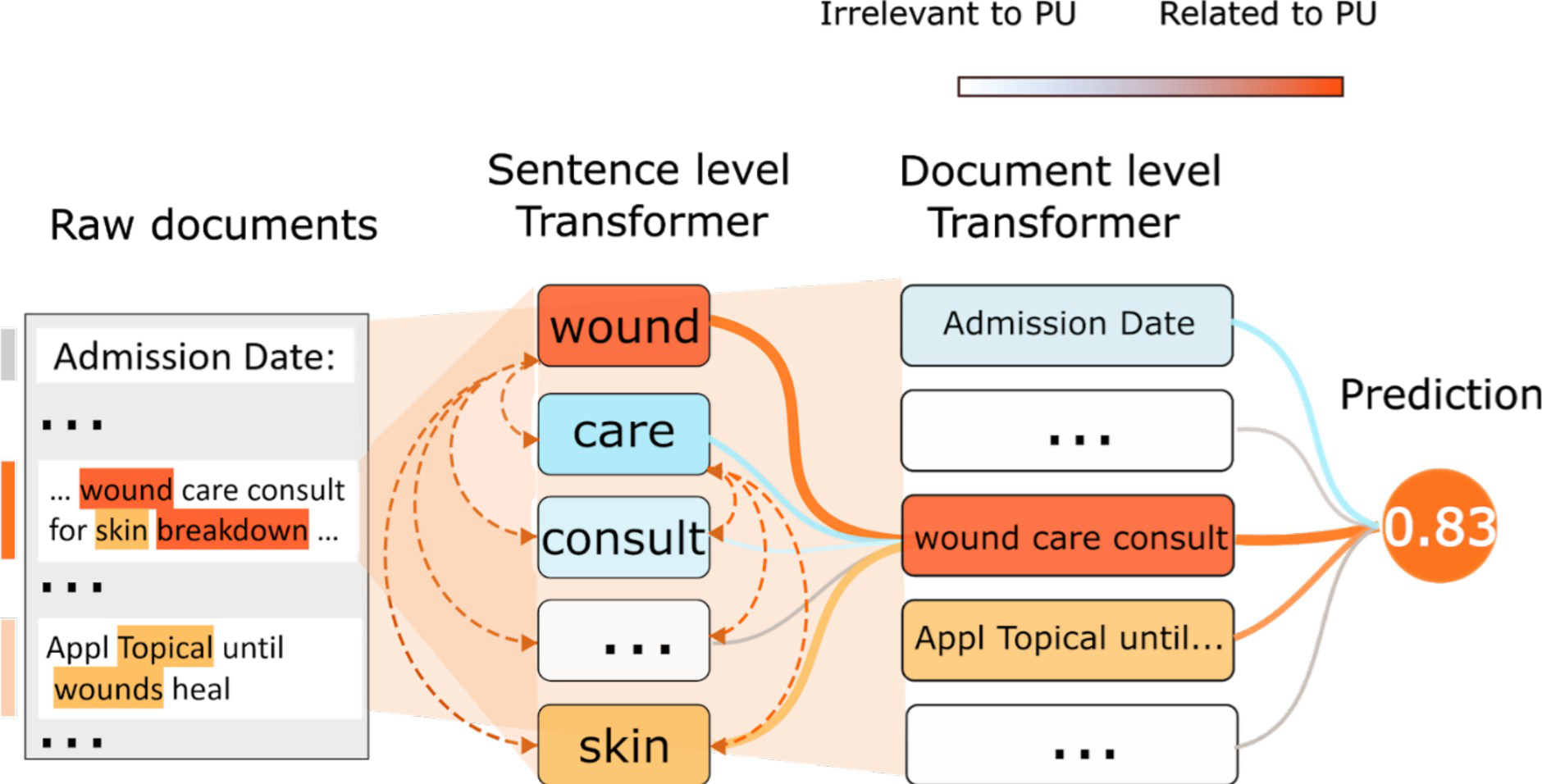Developing EMR-based algorithms to Identify hospital adverse events for health system performance evaluation and improvement: Study protocol
Guosong Wu, Cathy Eastwood, Yong Zeng, Hude Quan, Quan Long, Zilong Zhang, William A. Ghali, Jeffrey Bakal, Bastien Boussat, Ward Flemons, Alan Forster, Danielle A. Southern, Søren Knudsen, Brittany Popowich, and Yuan Xu
Abstract
Background Measurement of care quality and safety mainly relies on abstracted administrative data. However, it is well studied that administrative data-based adverse event (AE) detection methods are suboptimal due to lack of clinical information. Electronic medical records (EMR) have been widely implemented and contain detailed and comprehensive information regarding all aspects of patient care, offering a valuable complement to administrative data. Harnessing the rich clinical data in EMRs offers a unique opportunity to improve detection, identify possible risk factors of AE and enhance surveillance. However, the methodological tools for detection of AEs within EMR need to be developed and validated. The objectives of this study are to develop EMR-based AE algorithms from hospital EMR data and assess AE algorithm’s validity in Canadian EMR data. Methods Patient EMR structured and text data from acute care hospitals in Calgary, Alberta, Canada will be linked with discharge abstract data (DAD) between 2010 and 2020 (n 1.5 million). AE algorithms development. First, a comprehensive list of AEs will be generated through a systematic literature review and expert recommendations. Second, these AEs will be mapped to EMR free texts using Natural Language Processing (NLP) technologies. Finally, an expert panel will assess the clinical relevance of the developed NLP algorithms. AE algorithms validation: We will test the newly developed AE algorithms on 10,000 randomly selected EMRs between 2010 to 2020 from Calgary, Alberta. Trained reviewers will review the selected 10,000 EMR charts to identify AEs that had occurred during hospitalization. Performance indicators (e.g., sensitivity, specificity, positive predictive value, negative predictive value, F1 score, etc.) of the developed AE algorithms will be assessed using chart review data as the reference standard. Discussion The results of this project can be widely implemented in EMR based healthcare system to accurately and timely detect in-hospital AEs.

Cite as
-
Wu, Guosong, Cathy Eastwood, Yong Zeng, Hude Quan, Quan Long, Zilong Zhang, William A. Ghali, Jeffrey Bakal, Bastien Boussat, Ward Flemons, Alan Forster, Danielle A. Southern, Søren Knudsen, Brittany Popowich, and Yuan Xu. "Developing EMR-based algorithms to Identify hospital adverse events for health system performance evaluation and improvement: Study protocol." PLOS ONE 17, no. 10 (Oct, 2022): 1-10
Bibtex
@article{wu2022developing,
doi = {10.1371/journal.pone.0275250},
author = {Wu, Guosong and Eastwood, Cathy and Zeng, Yong and Quan, Hude and Long, Quan and Zhang, Zilong and Ghali, William A. and Bakal, Jeffrey and Boussat, Bastien and Flemons, Ward and Forster, Alan and Southern, Danielle A. and Knudsen, Søren and Popowich, Brittany and Xu, Yuan},
journal = {PLOS ONE},
publisher = {Public Library of Science},
title = {Developing EMR-based algorithms to Identify hospital adverse events for health system performance evaluation and improvement: Study protocol},
year = {2022},
month = oct,
volume = {17},
url = {https://doi.org/10.1371/journal.pone.0275250},
pages = {1-10},
number = {10}
}